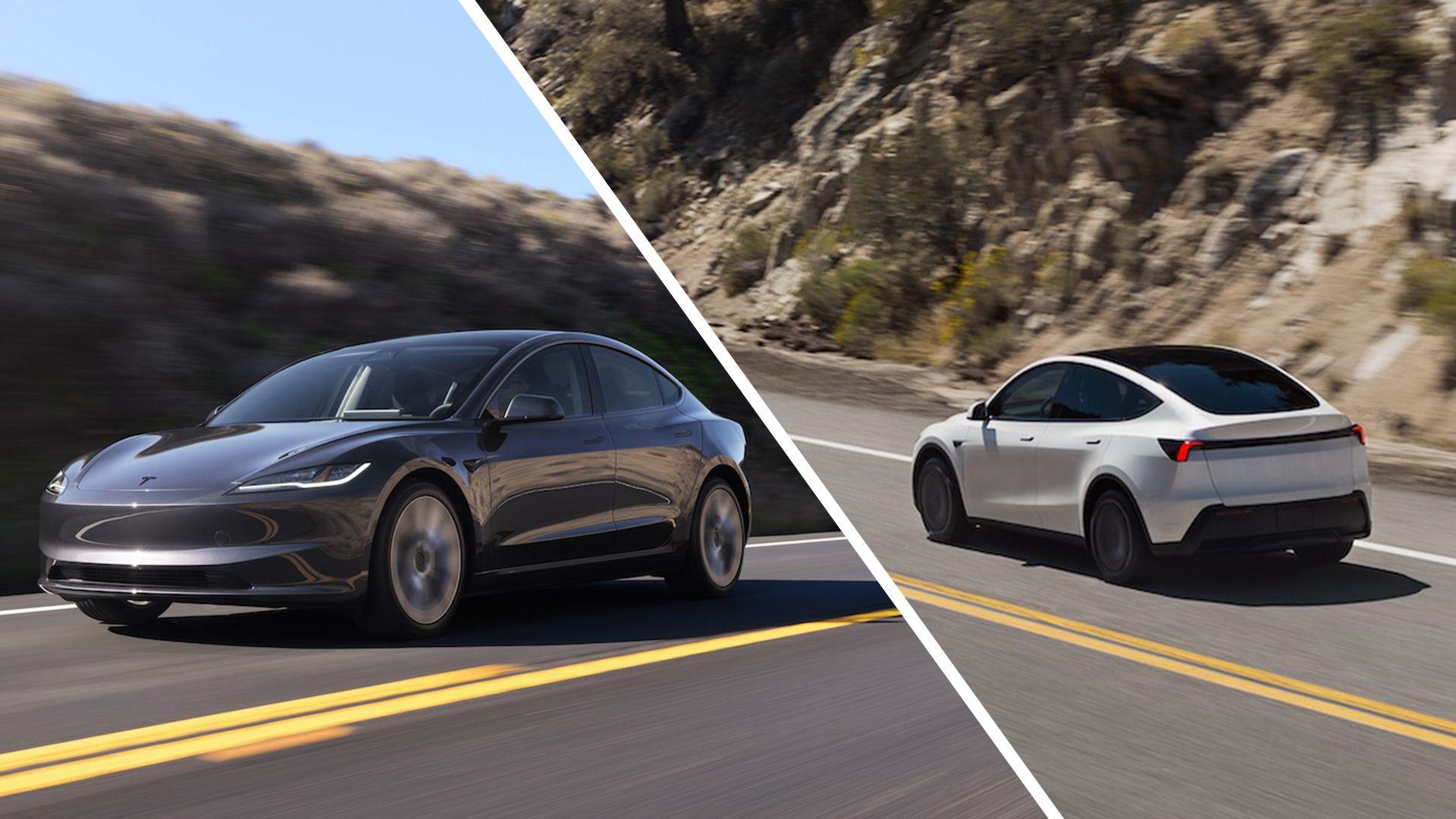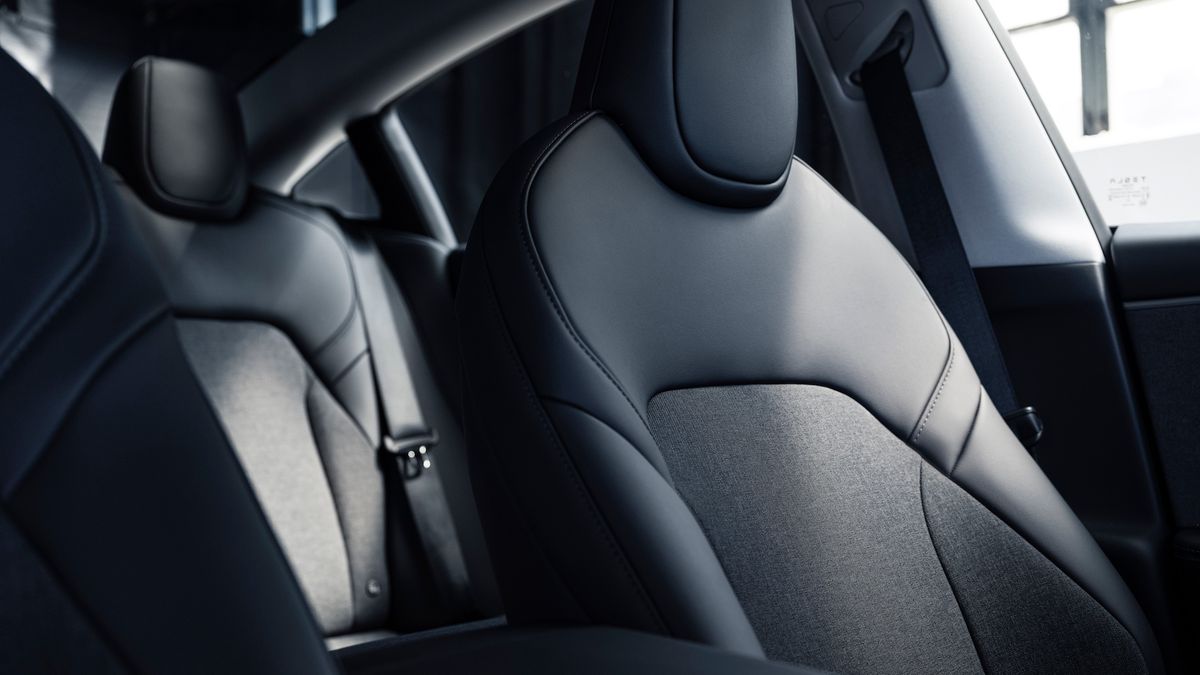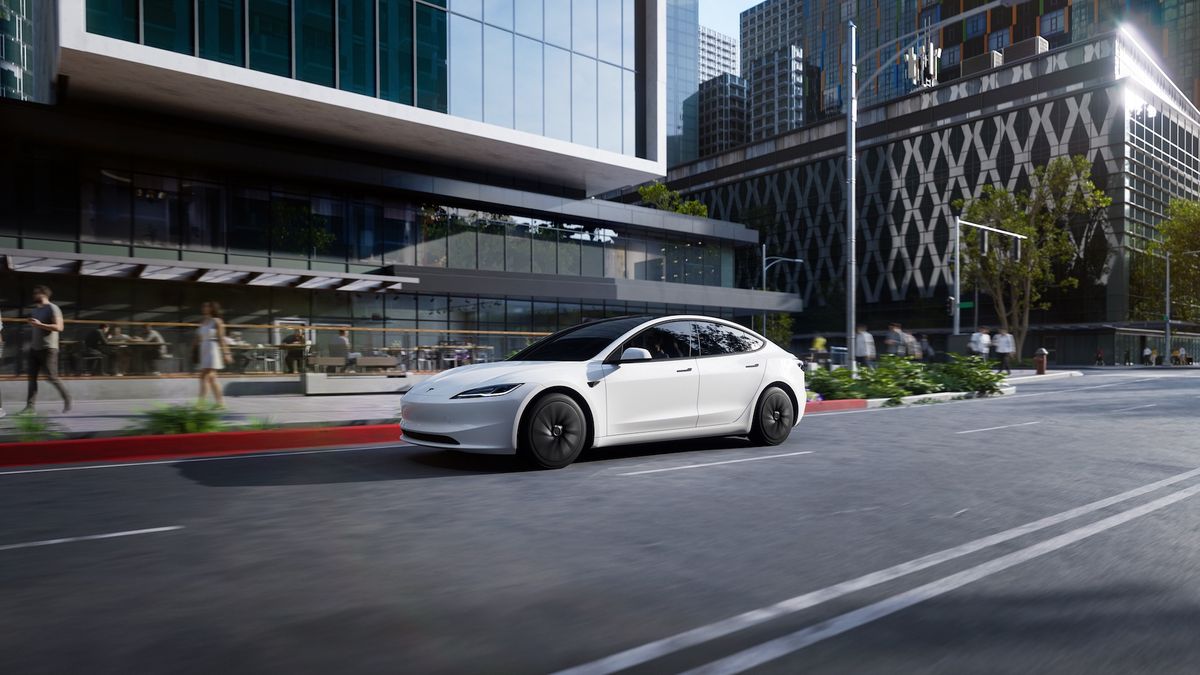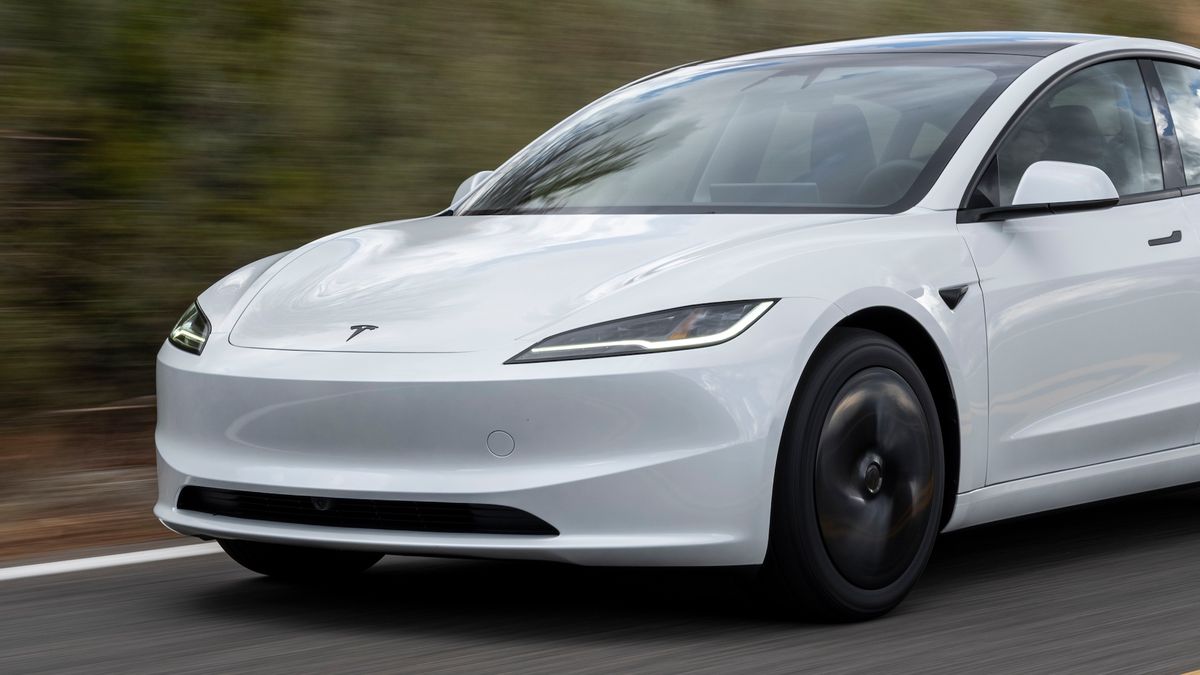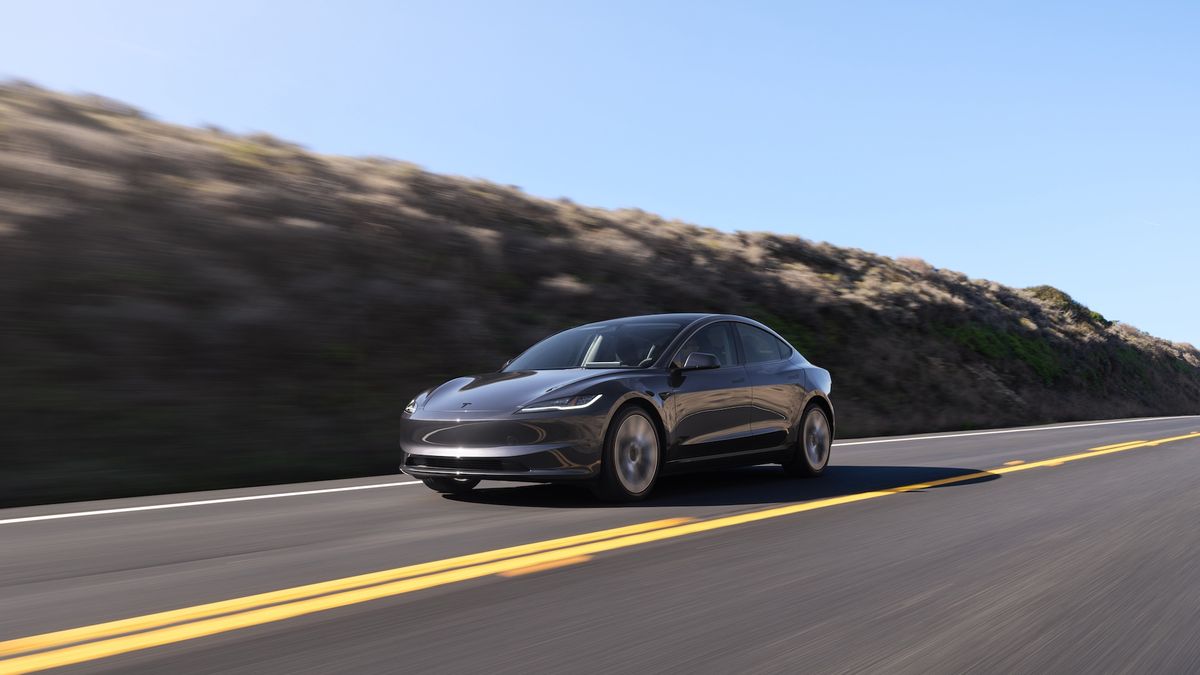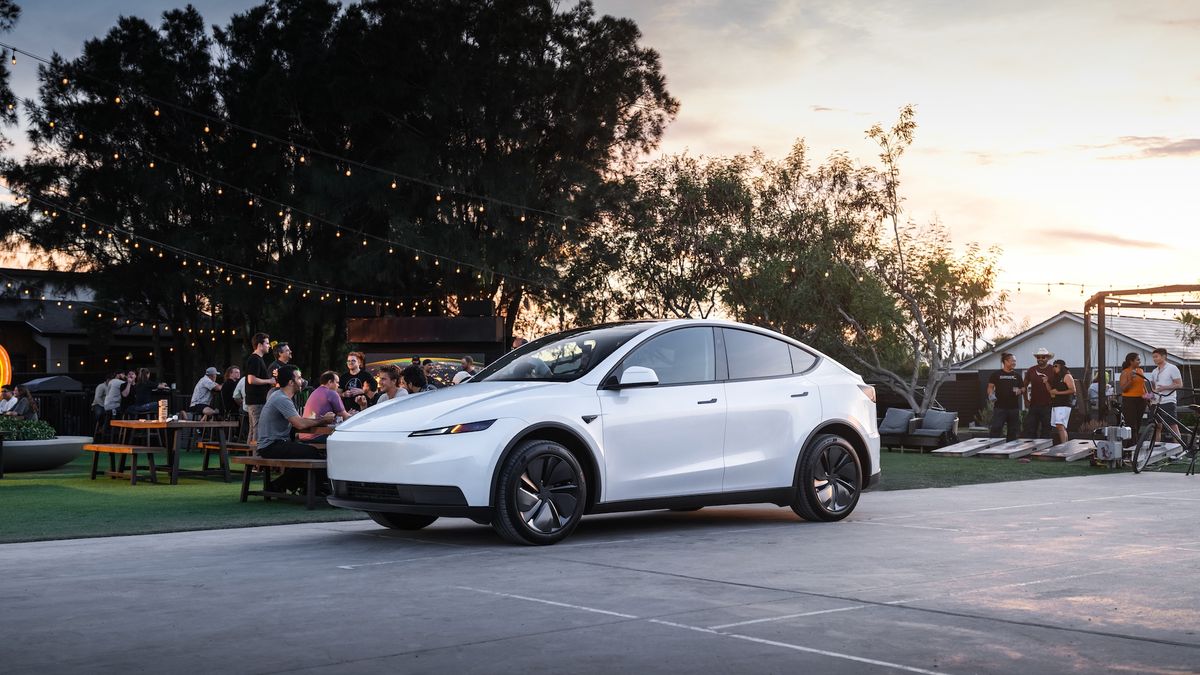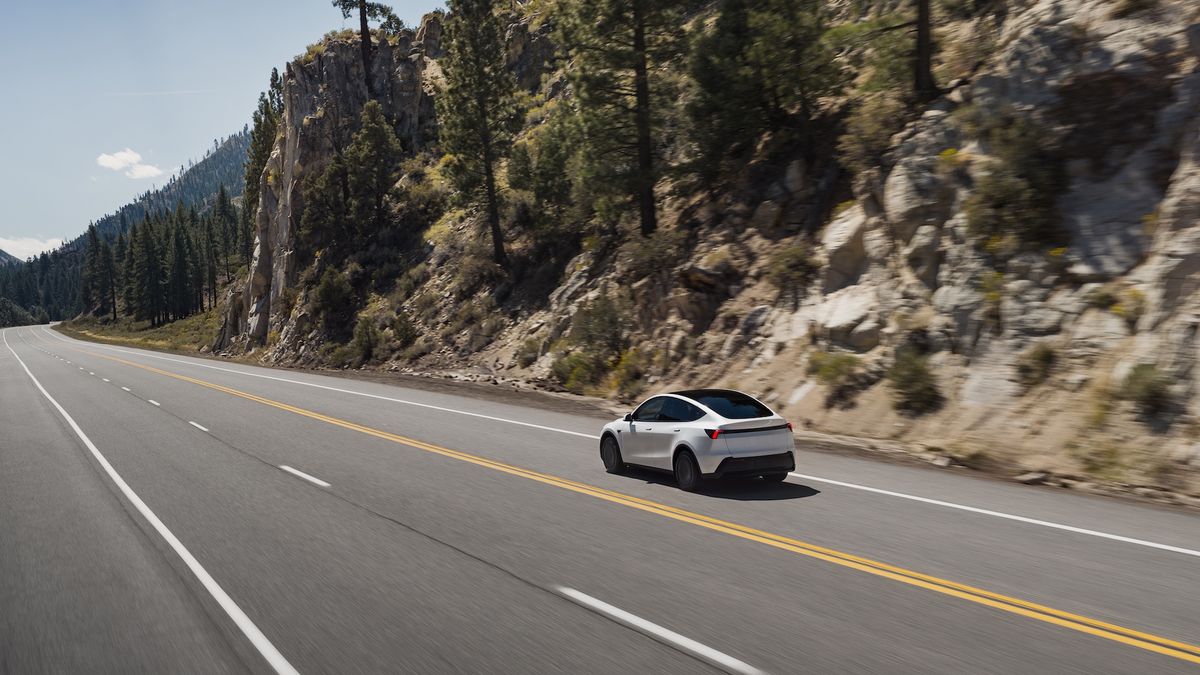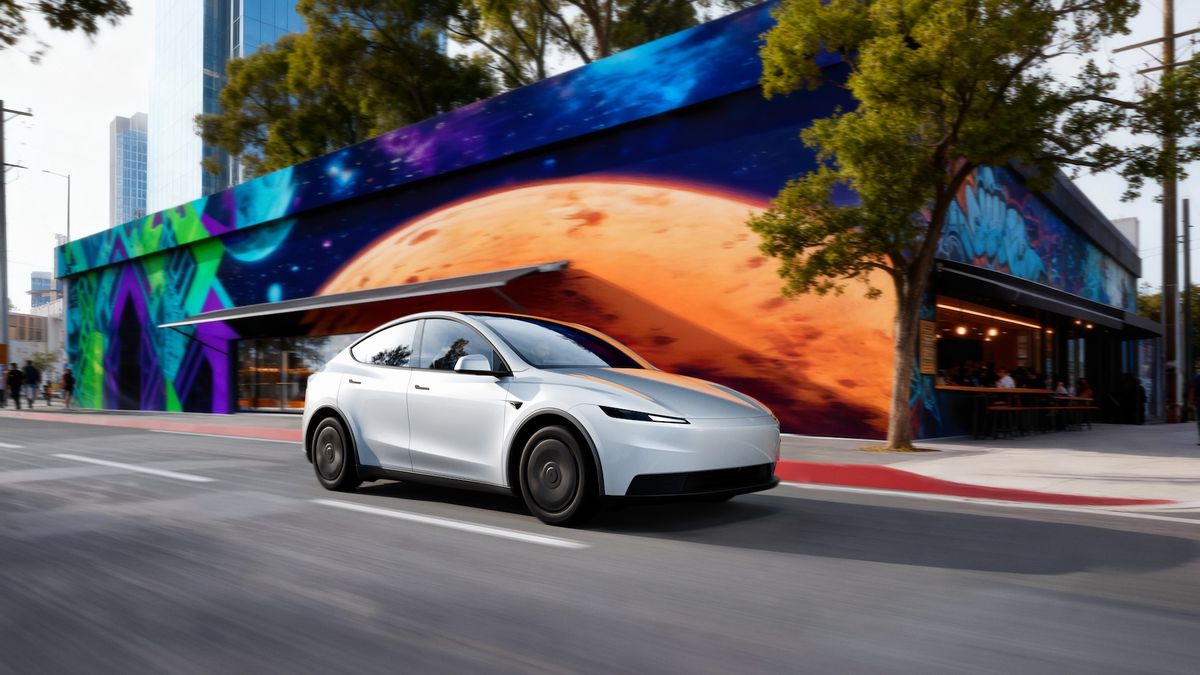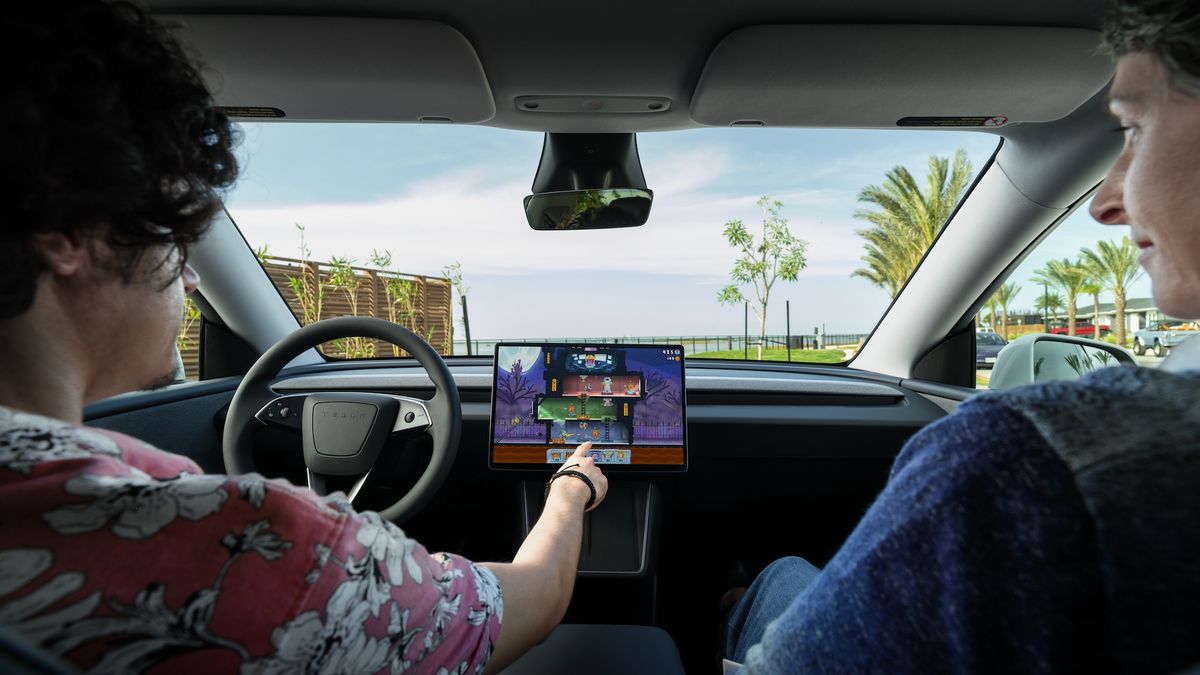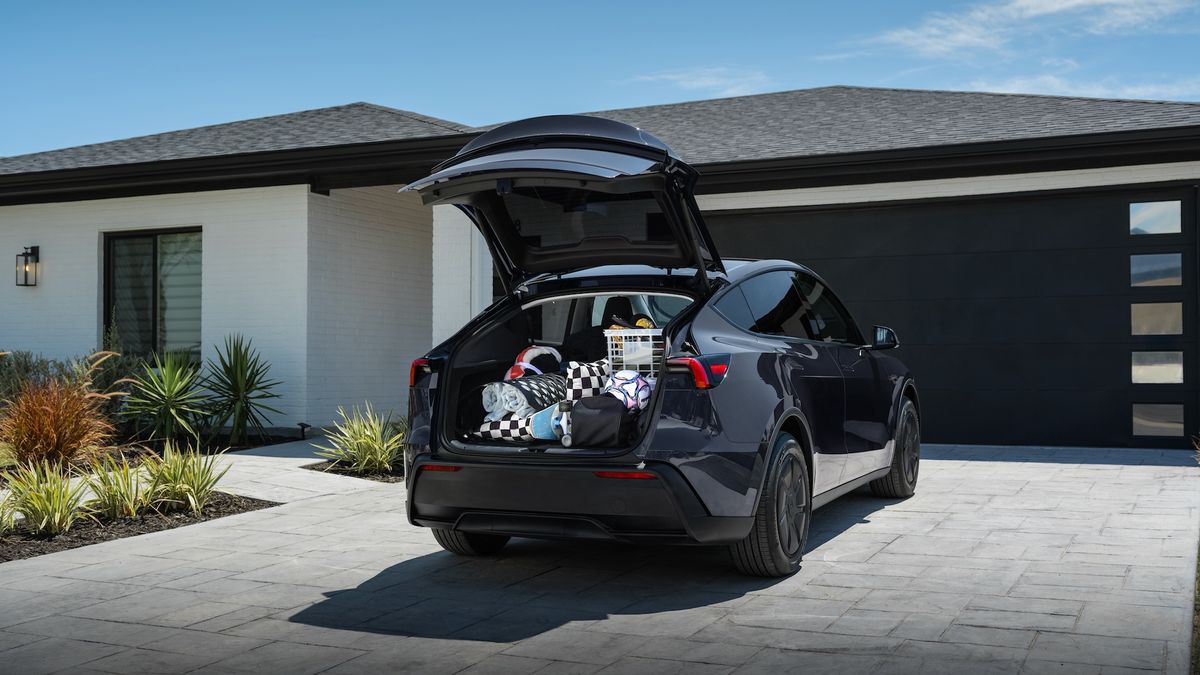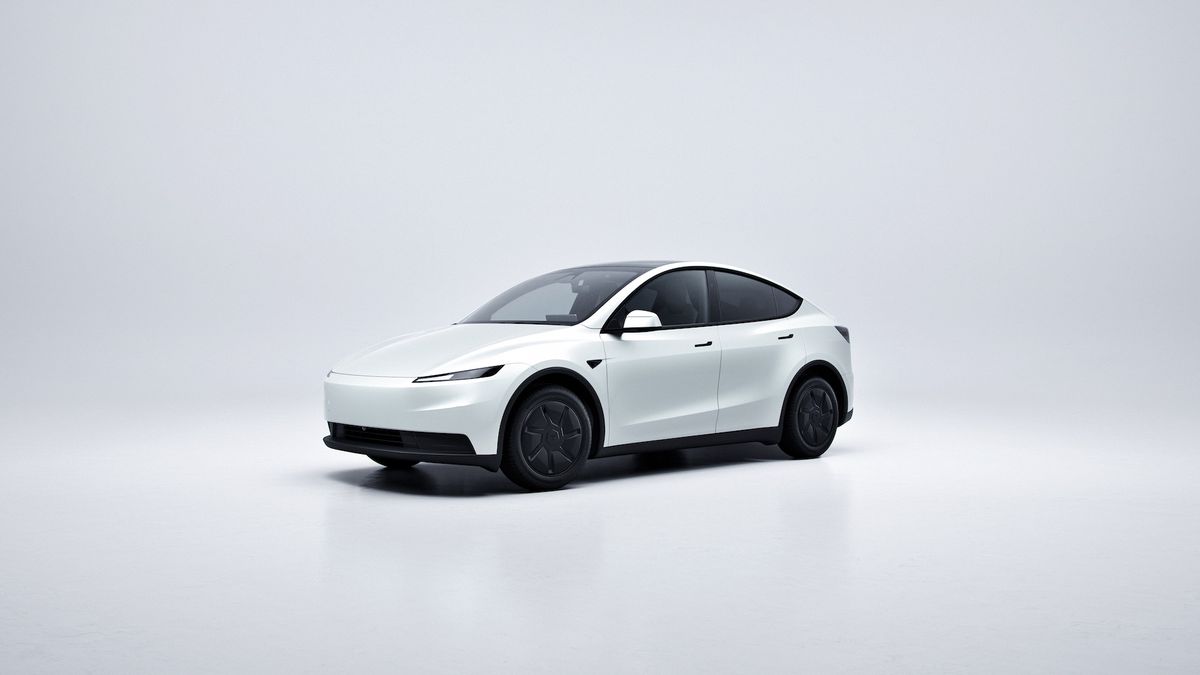- Tesla unveiled the “Standard” versions of the Model 3 and Model Y
- Many features were removed to reduce costs
- Company hopes value propositions will help drive sales
Tesla released a number of teaser videos on social media earlier this week, suggesting that the world would soon be treated to new affordable models – and now they have arrived.
However, rather than introduce the much-hyped $25,000 “Model 2” or an entirely new budget proposition, Tesla did what much of the internet predicted and removed features from the best-selling vehicles in its current lineup in order to lower the price.
The latest Model 3 and Model Y are now available in “standard” configuration in the US, which will launch the range with a base price of $36,990 (which translates to around £27,500 / AU$56,000 and $39,990 (around £30,000 / AU$60,000) respectively.
These cheaper rear-wheel drive options are now found under “Premium” and “Performance” trim variants, but customers must accept many compromises in order to save a few dollars.
On the outside, Tesla has removed the recently introduced full-width light bar, both front and rear, while smaller 18-inch wheels with a very basic design and simplified bumpers make the Model 3 and Model Y look more seamless than ever.
Nearly every Tesla highlight imaginable has been removed or degraded in some way, with items like ambient lighting, leather seats, passenger entertainment screens, power-adjustable seats, and HVAC vents tossed in the trash.
The audio system has been downgraded to have fewer speakers, the FM/AM radio is gone, and the HEPA filter and Tesla’s rather idiotic “bioweapon defense mode” are also gone, leaving allergic occupants potentially open to massive summer sneezing.
Anything with an additional electric motor, like the electric exterior mirrors and rear passenger seats, has been swapped for manual adjustment and even the suspension has been downgraded to basic passive dampers.
It’s a very simple package that also offers less impressive performance and reduced estimated range in the Model 3 and Model Y thanks to a smaller battery, both managing an EPA-estimated range of 321 miles, down about 40 models in the RWD Premium variants.
Tesla says it has removed the physical key (or NFC card, in this case), leaving locking and unlocking the car to a smartphone.
A few electronic luxuries remain, however, with the Trip Planner with real-time Supercharger availability, remote climate control, Sentry mode, Dog mode and a plethora of games and on-screen entertainment all still existing.
Analysis: this is not the deal of the century
Tesla hopes Standard versions of its two most popular cars will help support flagging sales, but currently says these cheaper models will only be available to customers in the United States for now.
This comes at a time when the US federal tax credit for electric vehicles is being reduced, generally making electric vehicles more expensive for everyone. But Standard models are now available more That’s why it’s more expensive than older base cars – despite the huge reduction in high-end features.
In short, North American customers are getting a bad deal.
Some industry insiders believe this is simply a clever pricing trick on Tesla’s part, with base models only serving to convince customers to part with the extra money to “unlock” the extra features that once came standard.
While removing vehicles to cut costs is nothing new in the auto industry, the bigger issue here is the major step back in overall finishing that Standard customers will have to make, given that I felt the recent facelift of the Model 3 and Model Y addressed some of Tesla’s previous shortcomings.
The idea of basic suspension systems and a panoramic glass roof haphazardly covered with a fabric liner (see the standard Model Y for reference) gives me flashbacks of Tesla’s “manufacturing hell” era, where it badly finished cars in a makeshift tent in the parking lot.
The company is clearly past that point now, but its stagnation in releasing new models and exciting innovations makes it seem like a company running out of ideas. The Cybertruck is its most recent “game-changing” product, but it hasn’t changed anything and is on its way to becoming a historic failure.
Additionally, the idea of removing its most technologically advanced cars in an effort to pass some savings on to the customer seems at odds with a company that is (or once was) on the cutting edge of technology.
It’s unclear whether the Standard 3 and Y models will make it beyond U.S. shores, but even with the suggested discounts, Tesla will struggle to match the value propositions now offered by the well-established electric vehicle sector and emerging Chinese brands in Europe and beyond.
Companies like BYD,
Follow TechRadar on Google News And add us as your favorite source to get our news, reviews and expert opinions in your feeds. Make sure to click the Follow button!
And of course you can too follow TechRadar on TikTok for news, reviews, unboxings in video form and receive regular updates from us on WhatsApp Also.

